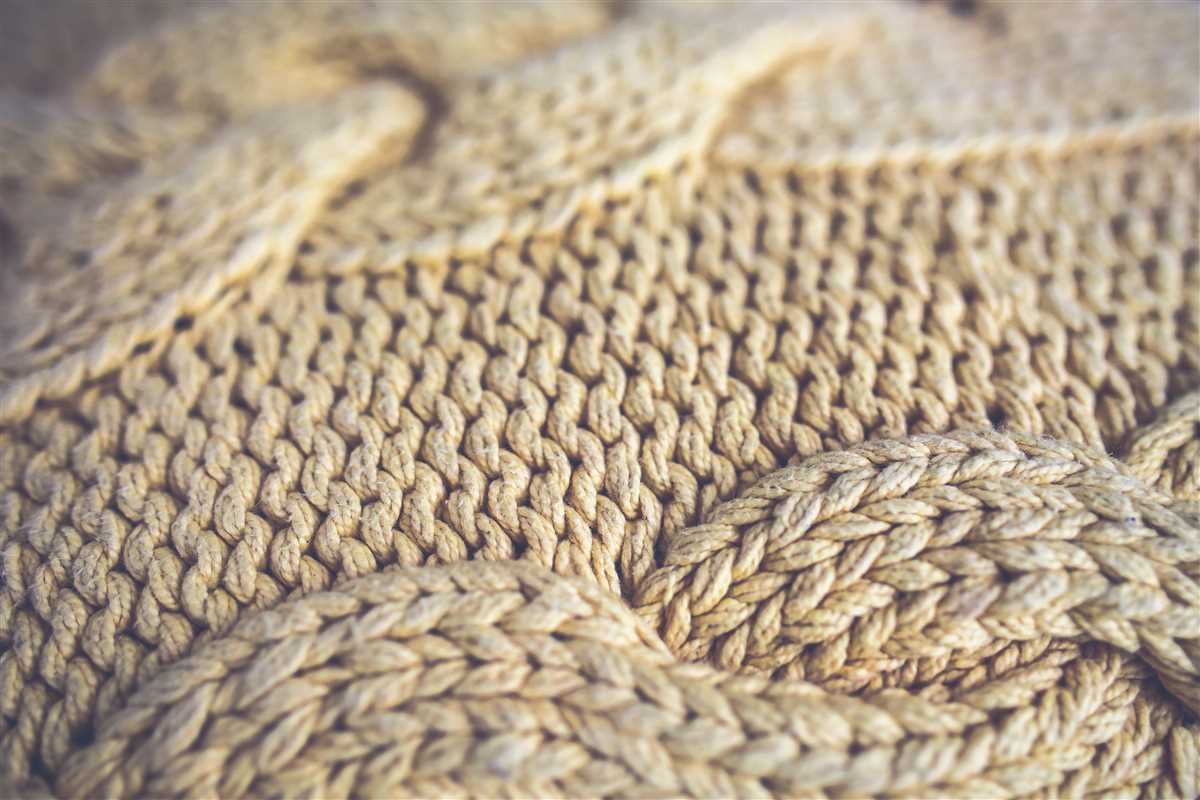
Knitting clothes patterns have been around for centuries and are a popular way to create unique and personalized garments. Knitting is a versatile craft that allows you to create everything from cozy sweaters and warm scarves to delicate lace shawls and trendy hats. The beauty of knitting clothes is that you can choose your own yarn, color, and stitch pattern to create a truly one-of-a-kind item.
Whether you are a beginner or an experienced knitter, there is a wide variety of knitting clothes patterns available to suit all skill levels. From simple patterns with basic stitches to more intricate designs with complex lace or cable stitches, there is something for everyone. Knitting clothes patterns come in different sizes, so you can easily create garments that fit perfectly.
One of the best things about knitting clothes is that it allows you to express your creativity and personal style. With so many yarn options and stitch patterns to choose from, you can create garments that reflect your individual taste. Knitting clothes also provides a sense of accomplishment as you see your project come to life, stitch by stitch.
Knitting Clothes Patterns: A Guide for Beginners
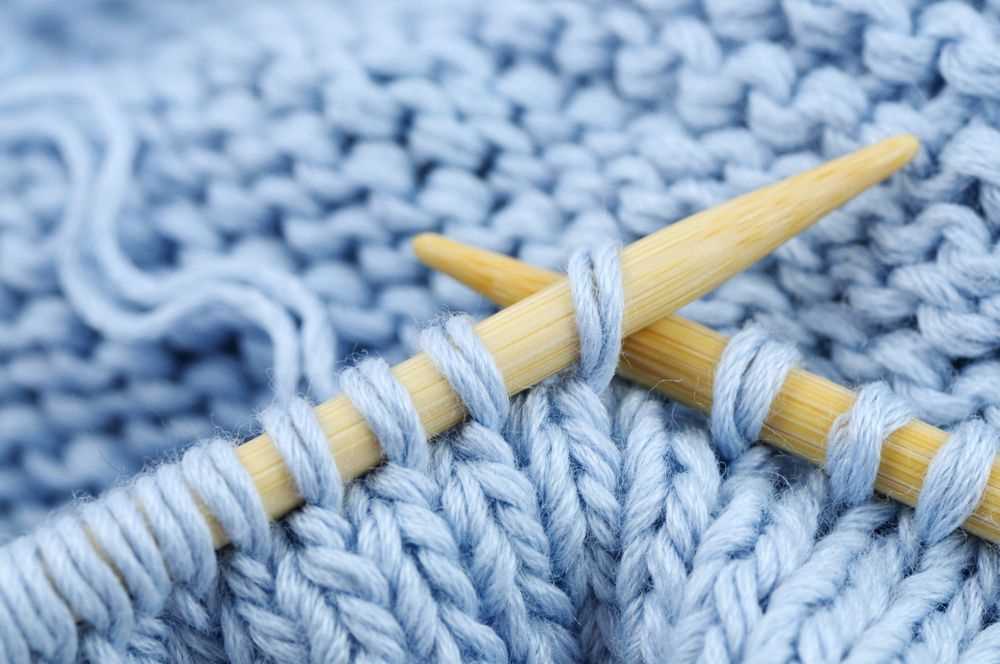
If you’re new to knitting, getting started with knitting clothes patterns can be a bit intimidating. However, with the right guidance, you can soon be creating beautiful and fashionable garments for yourself and your loved ones. This guide aims to provide beginners with the necessary information and tips to successfully knit clothes patterns.
Choosing the Right Pattern: When starting out, it’s important to choose a knitting pattern that matches your skill level. Look for patterns specifically designed for beginners, as they will have clear instructions and simple techniques. Start with smaller projects like scarves or hats before moving on to more complex garments like sweaters or dresses.
Gathering Supplies: Before starting any knitting project, it’s essential to gather all the necessary supplies. This includes the appropriate size knitting needles, yarn in the specified weight and color, and any additional materials required by the pattern, such as buttons or zippers. Make sure to read the pattern thoroughly to ensure you have everything you need.
Understanding the Pattern: Knitting patterns may seem overwhelming at first, but with practice, you’ll become familiar with the terminology and abbreviations. Take the time to read through the entire pattern before starting, highlighting any instructions that may be unclear. Refer to online tutorials or knitting books for guidance on unfamiliar stitches or techniques.
Starting the Project: Once you have all your supplies and understand the pattern, it’s time to start knitting! Begin by casting on the required number of stitches using the recommended method. Follow the pattern instructions step by step, keeping track of your progress and any stitch counts or pattern repeats. Don’t be discouraged if it takes a few tries to get the hang of a new stitch or technique – practice makes perfect!
Finishing and Perfecting: As you near the end of your knitting project, it’s important to pay attention to the finishing details. This includes weaving in loose ends, blocking the finished garment to shape it properly, and adding any necessary closures like buttons or snaps. Take the time to meticulously finish your project to achieve a professional and polished result.
With time and practice, you’ll become more confident in your knitting skills and be able to tackle more complex clothes patterns. Don’t be afraid to experiment with different stitches, colors, and yarns to create unique and personalized garments. Knitting clothes patterns can be both challenging and rewarding, and with this guide, you’ll be well on your way to creating your own stylish wardrobe!
Choosing the Right Yarn for Your Knitting Project
When it comes to knitting, choosing the right yarn for your project is essential. The type of yarn you use can greatly impact the final look and feel of your knitted item. Therefore, it’s important to consider several factors when selecting the yarn.
1. Fiber Content: The first thing to consider is the fiber content of the yarn. Different fibers have different qualities and characteristics. For example, wool yarn is known for its warmth and durability, while cotton yarn is breathable and lightweight. Consider the desired attributes of your finished item and choose a yarn that aligns with those needs.
2. Weight: Yarn comes in various weights, ranging from lace weight to super bulky. The weight of the yarn will determine the thickness and drape of your knitted item. For a delicate lace shawl, you might choose a light fingering weight yarn, while a cozy winter sweater may require a bulky weight yarn. Consider the pattern you’re working with and select a yarn that matches the recommended weight.
3. Color and Texture: The color and texture of the yarn are personal preferences that can greatly enhance your knitting project. Consider how the color will complement or contrast with your desired finished item. Additionally, the texture of the yarn can add depth and interest to your knitted fabric. Whether you prefer a smooth, even yarn or a more textured one, keep these factors in mind when selecting your yarn.
4. Quality and Price: Finally, consider the quality and price of the yarn. Higher quality yarns may be more expensive, but they often result in a better finished product. It’s important to strike a balance between the quality and price that aligns with your budget and project goals.
- Consider the fiber content, weight, color, and texture when choosing yarn for your knitting project.
- Choose a yarn that aligns with the desired attributes and characteristics of your finished item.
- Take into account the recommended yarn weight of the pattern you’re working with.
- Consider the color and texture of the yarn to enhance the overall look of your project.
- Strike a balance between the quality and price of the yarn that fits your budget and project goals.
Essential Knitting Tools for Clothing Patterns
When it comes to knitting clothes patterns, having the right tools is essential to ensure a successful and enjoyable knitting experience. Whether you are a beginner or an experienced knitter, having the following tools on hand will help you achieve professional-looking results:
1. Knitting Needles

Knitting needles are the most basic and important tool for knitting. They come in various sizes and materials, such as wood, metal, or plastic. The size of the needles you need will depend on the yarn weight and the desired gauge of your clothing pattern. Circular or double-pointed needles are often used for knitting in the round or for intricate patterns.
2. Yarn
Choosing the right yarn for your clothing project is crucial. The type of yarn you use will affect the drape, texture, and overall look of your finished garment. Consider factors such as fiber content, weight, and color when selecting yarn for your pattern. It’s always a good idea to buy extra yarn to account for any mistakes or alterations you may need to make.
3. Stitch Markers
Stitch markers are small rings or clips that help you keep track of specific stitches or sections in your pattern. They are especially useful for marking increases, decreases, or pattern repeats. There are various types of stitch markers available, including removable ones and those that can be slipped onto the needle. Having a set of stitch markers will make it easier to follow your clothing pattern accurately.
4. Tape Measure
A tape measure is essential for measuring your gauge, as well as taking body measurements if your pattern requires it. It’s important to check your gauge before starting your clothing project to ensure the finished garment will fit properly. A tape measure with both inches and centimeters will be handy for international knitting patterns.
5. Scissors
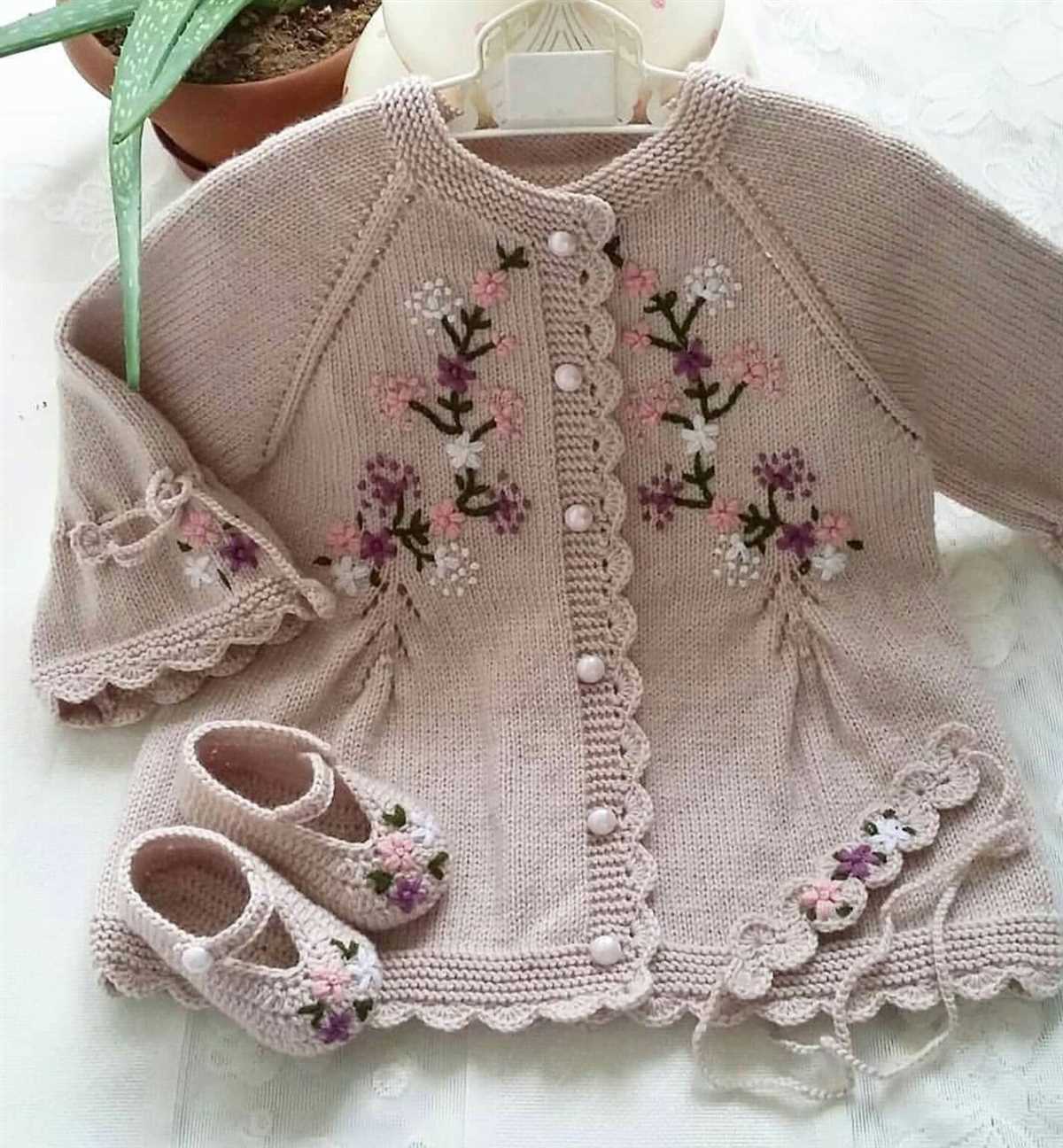
Having a pair of sharp scissors is necessary for cutting yarn and trimming loose ends. Make sure to have a dedicated pair of scissors for your knitting tools, as yarn can dull regular scissors quickly. A small pair of scissors that can fit easily in your knitting bag or pouch is ideal for on-the-go knitting.
- Summary: The tools mentioned above are essential for knitting clothes patterns. Knitting needles, yarn, stitch markers, a tape measure, and scissors are all necessary for successful and enjoyable knitting projects. Having these tools readily available will help you create beautiful and professional-looking garments that fit perfectly.
Basic Stitches for Knitting Clothes
When it comes to knitting clothes, there are a few basic stitches that every knitter should know. These stitches form the foundation for many different patterns and designs, allowing you to create a wide range of garments.
Garter stitch: One of the simplest stitches, garter stitch is made by knitting every stitch on every row. This stitch creates a ridged pattern that is reversible and stretchy, making it ideal for scarves and blankets.
Stockinette stitch: Another basic stitch, stockinette stitch is made by alternating between knitting one row and purling the next. This creates a smooth, flat fabric that is often used for sweaters, t-shirts, and other garments. Keep in mind that stockinette stitch tends to curl at the edges, so it’s important to add a border or use a different stitch for the edges of your project.
Other common stitches for knitting clothes include:
- Rib stitch: Alternating between knit and purl stitches to create a stretchy, textured fabric typically used for cuffs, collars, and hems.
- Seed stitch: Alternating between knit and purl stitches in a specific pattern to create a textured fabric.
- Cable stitch: Crossing stitches over each other to create intricate cable patterns, often used on sweaters and accessories.
Combining different stitches: Once you have mastered the basic stitches, you can start experimenting with combining them to create unique patterns and textures in your knitted clothes. There are countless stitch combinations and patterns available, allowing you to unleash your creativity and personalize your garments.
To enhance your knitting skills, practice these basic stitches and gradually explore more advanced techniques. Learning new stitches will open up a world of possibilities for creating beautiful and unique knitted clothes.
Tips for Reading and Understanding Knitting Patterns
When it comes to knitting, reading and understanding patterns is an essential skill that every knitter should have. Knitting patterns can often be intimidating, filled with abbreviations and symbols that may seem confusing at first glance. However, with a little practice and patience, you can become proficient at deciphering knitting patterns and successfully bring your project to life.
1. Familiarize Yourself with Common Abbreviations
One of the first steps in understanding knitting patterns is to become familiar with the common abbreviations used. Knitting patterns often use abbreviations to save space and make the instructions more concise. Some common abbreviations include K (knit), P (purl), CO (cast on), BO (bind off), and YO (yarn over). Keeping a reference guide handy or creating your own cheat sheet can be helpful when starting out.
2. Pay Attention to the Gauge
Gauge refers to the number of stitches and rows per inch in a knitted fabric. It is important to follow the gauge specified in the pattern to ensure that your finished project will be the correct size. Before starting your project, make a gauge swatch using the recommended needle size and yarn to check if your tension matches the pattern’s gauge. Adjust your needle size if needed to achieve the correct gauge.
3. Understand the Stitch Patterns
Knitting patterns often include various stitch patterns, such as cables, lace, or textured stitches. Take the time to read through the stitch patterns and understand how they are worked. Some patterns may provide written instructions, while others may use charts or a combination of both. Reading the stitch pattern carefully and following along with the provided instructions or charts will help ensure accurate execution.
4. Take Note of Sizing and Measurements
Knitting patterns usually include sizing information and measurements for different sizes. It is important to choose the correct size before starting your project. Take note of the measurements provided in the pattern and compare them to your own body measurements or the measurements of the intended recipient. Making adjustments to the pattern, such as adding or subtracting stitches or rows, may be necessary to achieve the desired fit.
5. Follow the Instructions Step by Step
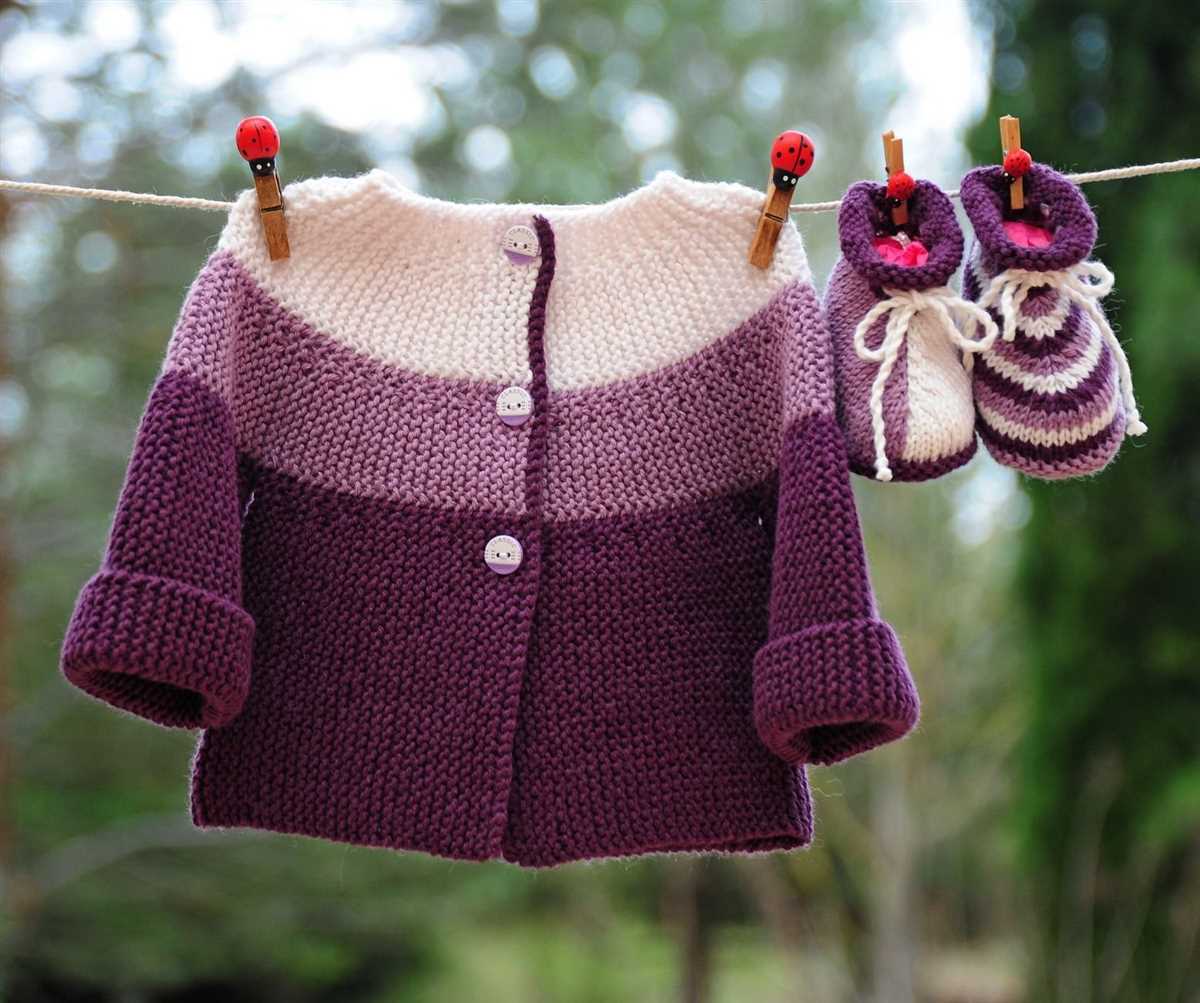
Knitting patterns are designed to be followed step by step, so it is important to read and follow the instructions carefully. Take your time to fully understand each instruction before proceeding to the next step. If a particular instruction seems unclear, check for any additional notes or explanations provided by the pattern designer. Breaking down the pattern into smaller sections can also make it easier to digest and follow along.
By familiarizing yourself with common abbreviations, paying attention to gauge, understanding stitch patterns, taking note of sizing and measurements, and following the instructions step by step, you can develop the skills needed to confidently read and understand knitting patterns. With practice, you’ll be able to tackle even the most complex patterns and create beautiful knitted garments and accessories.
Knitting Techniques for Shaping Garments
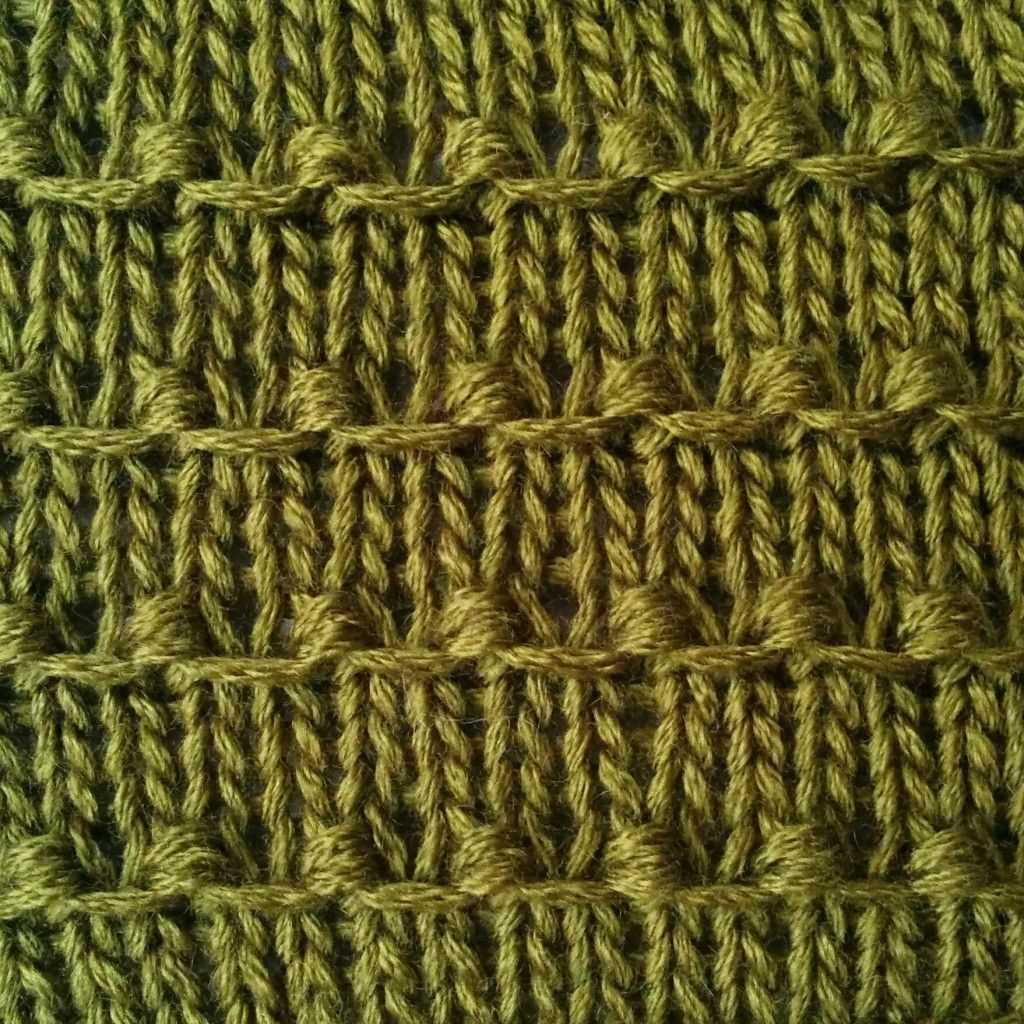
When it comes to knitting clothes, understanding how to shape them is essential. Shaping techniques allow you to create garments that fit well and flatter the wearer’s body. Here are some common knitting techniques for shaping garments:
- Increases and Decreases: One of the most basic shaping techniques in knitting is using increases and decreases. Increases are used to add stitches to create fullness, while decreases are used to remove stitches and shape the fabric. Common types of increases include yarn overs and make one stitches, while common types of decreases include knit two together and slip, slip, knit.
- Short Rows: Short rows are another technique used for shaping garments. They involve knitting a partial row before turning the work and knitting back in the opposite direction. This creates extra fabric in specific areas, which can be used to shape the garment. Short rows are often used to create bust darts or shoulder shaping in sweaters.
- Darts: Darts are another common shaping technique, especially in garments like sweaters or dresses. Darts are created by decreasing a certain number of stitches in the middle of a row to create a tapered area. They can be used to shape the waist, hips, or bust to achieve a more tailored fit.
- Knitting in the Round: When knitting garments in the round, shaping can be achieved through the use of decreases. By strategically placing decreases, you can shape the fabric to fit the body. For example, decreasing stitches at the waist can create an hourglass silhouette.
- Gussets: Gussets are triangular or diamond-shaped inserts that are added to the fabric to create extra width in specific areas. They are commonly used in socks or gloves to create room for the thumb or heel. Gussets can also be used in garments like sweaters to add fullness to the sleeves or underarms.
Understanding and practicing these knitting techniques for shaping garments will give you more control over the final fit and appearance of your knitted clothes. Whether you’re a beginner or an experienced knitter, incorporating these techniques into your projects will help you create beautiful and well-fitting garments.
Creating Beautiful Texture with Knitting Patterns
Knitting is a versatile craft that allows for endless possibilities when it comes to creating beautiful textures. By using different knitting patterns, you can add depth and visual interest to your knitted projects. Whether you’re a beginner or an experienced knitter, experimenting with different stitches and patterns can take your creations to the next level.
One way to create texture in your knitted pieces is by using cable knitting patterns. Cables are created by crossing stitches over each other, resulting in a raised, twisted design. They can range from simple two-stitch cables to more complex patterns with multiple crossings. Cables add a classic and elegant touch to any project, whether it’s a cozy sweater, a scarf, or even a hat.
Another way to add texture is by incorporating lace knitting patterns into your projects. Lace patterns typically involve creating intricate designs with yarn overs and decreases, resulting in an open and airy fabric. They are perfect for creating lightweight and delicate garments, such as shawls and summer tops. Lace patterns can also be combined with other stitches to create unique textures.
For those looking for a more modern and geometric look, colorwork knitting patterns are a great choice. Colorwork involves using multiple colors of yarn to create patterns and motifs. Fair Isle and intarsia are two popular techniques for colorwork knitting. Fair Isle involves carrying two or more colors of yarn across each row, creating a woven effect, while intarsia allows for creating individual shapes and designs. Colorwork patterns can be used to create bold and eye-catching designs on sweaters, hats, and accessories.
Overall, knitting patterns offer a world of possibilities for adding texture to your projects. Whether you prefer classic cables, delicate lace, or bold colorwork, experimenting with different patterns can help you create unique and beautiful pieces that showcase your knitting skills. So grab your needles, explore the endless array of knitting patterns available, and let your creativity soar!
Knitting Sweaters: Styles and Patterns to Try
Knitting sweaters is a rewarding and enjoyable craft that allows you to create unique and stylish garments. Whether you are a beginner or an experienced knitter, there are countless styles and patterns to try when it comes to sweater knitting. From classic pullovers to trendy cardigans, the options are endless.
One popular style of sweater is the cable knit. Cable knits create a textured and intricate pattern that adds depth and interest to any sweater. It involves crossing stitches over each other, creating a twisted effect. This style is perfect for cozy winter sweaters and can be used to create beautiful designs like braids or diamonds.
Traditional Fair Isle
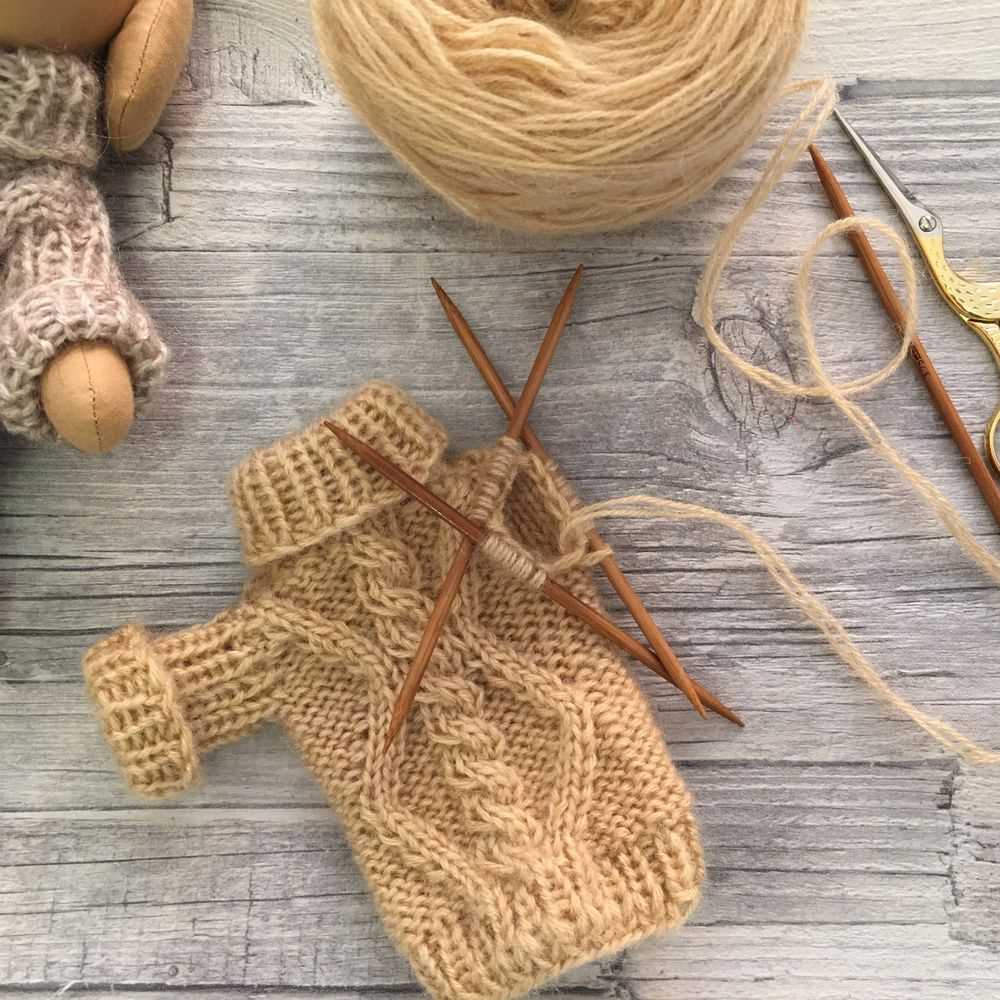
Another style to try is the traditional Fair Isle technique. Fair Isle sweaters are known for their colorful patterns and intricate design. This technique involves knitting with two or more colors in each row, creating a stunning and eye-catching effect. The patterns typically feature geometric or nature-inspired motifs and can be customized to suit your personal style. Fair Isle sweaters are perfect for adding a pop of color and personality to your wardrobe.
Knitting Techniques
Knitting sweaters also allows you to experiment with different techniques and stitches. For example, you can try lace knitting to create delicate and open patterns, or use ribbing for a stretchy and snug fit. The possibilities are endless when it comes to designing and knitting sweaters.
In conclusion, knitting sweaters is a versatile and creative craft that offers a wide range of styles and patterns to try. Whether you prefer classic cable knits or vibrant Fair Isle designs, there is something for everyone. Don’t be afraid to experiment with different techniques and stitches to create your own unique and personalized sweaters. Happy knitting!
Knitting Hats: Designs and Patterns for All Seasons
When it comes to knitting hats, the options are endless. Whether you’re knitting for yourself or for others, it’s important to choose designs and patterns that suit the season. From warm and cozy hats for winter to lightweight and breathable hats for summer, there’s a hat pattern for every occasion.
For the colder months, a chunky knit beanie is a must-have accessory. These hats are not only stylish, but they also provide extra warmth and protection against the cold. You can choose from a variety of patterns, including cables, ribbed stitches, and intricate colorwork. Pair your chunky knit beanie with a matching scarf and gloves for a complete winter ensemble.
If you’re knitting hats for spring or fall, consider using lightweight yarns such as cotton or linen. The lighter weight will ensure that your hat is comfortable to wear during transitional seasons when the weather can be unpredictable. Opt for patterns with openwork stitches or lace details to add a touch of elegance to your hats. Pastel colors are also popular for spring, while earthy tones work well for fall.
When it comes to summer, it’s all about keeping cool and protecting yourself from the sun. Knit hats with wide brims or visors are perfect for shielding your face from harmful UV rays. Choose patterns with breathable stitches such as eyelets or mesh to allow air circulation. Lightweight and moisture-wicking yarns like bamboo or linen blends are ideal for summer hats as they help keep your head cool and dry.
Regardless of the season, knitting hats is a great way to showcase your creativity and keep yourself and your loved ones warm and stylish. With so many designs and patterns available, you’re sure to find the perfect hat to knit for any occasion. Happy knitting!
Knitting Scarves: Cozy and Fashionable Accessory Ideas
Scarves are not only a practical accessory to keep us warm during the cold winter months, they are also a stylish fashion statement. Knitting your own scarf allows you to create a unique and personalized accessory that perfectly matches your style. Whether you prefer chunky oversized scarves or delicate lace patterns, knitting scarves offers endless possibilities for creativity.
If you’re new to knitting, a simple garter stitch scarf is a great place to start. This pattern involves knitting every row, resulting in a soft and cozy fabric. You could use a thick yarn for extra warmth or opt for a variegated yarn to add visual interest to your scarf. Garter stitch scarves can be made in any length and width, allowing you to customize the size to your liking.
For those looking to challenge themselves with more intricate patterns, lace scarves are a popular choice. Lace patterns are delicate and elegant, adding a touch of femininity to any outfit. From lace motifs to intricate lace edging, there are countless lace patterns available for knitters of all skill levels. These scarves can be made using lightweight yarns such as silk or bamboo, creating a delicate accessory that can be worn throughout the year.
If you prefer a more contemporary look, colorwork scarves are a fun and vibrant option. Fair Isle and intarsia techniques allow you to incorporate different colors and patterns into your scarf. You can create bold geometric designs or choose softer, more muted color combinations. The possibilities are endless, and the end result is a unique and eye-catching accessory that is sure to turn heads.
Whether you’re a beginner or an experienced knitter, there is a scarf pattern out there for everyone. Knitting scarves not only provides a warm and cozy accessory, but it also gives you the opportunity to showcase your creativity and personal style. So grab your knitting needles and yarn, and start creating your own cozy and fashionable scarves!
Knitting Socks: Warm and Comfy Footwear Patterns
When it comes to keeping our feet warm and cozy during the chilly months, nothing compares to a pair of hand-knitted socks. Knitting socks is not only a practical skill but also a creative and fulfilling hobby. Whether you are a beginner or an experienced knitter, there are plenty of sock patterns available to suit all skill levels and personal preferences.
One popular type of sock pattern is the ribbed sock. The ribbing not only provides a snug fit but also adds a stylish touch to the design. You can choose to knit them with traditional ribbing or experiment with different stitch patterns to create a unique look. Ribbed socks are perfect for wearing with boots or for lounging around the house on a lazy day.
Another popular option is the Fair Isle sock pattern. This technique involves knitting with multiple colors to create intricate patterns and motifs. Fair Isle socks are not only visually appealing but also provide extra warmth due to the two layers of yarn used. They are ideal for those who want to make a statement with their socks and add a pop of color to their outfits.
For those who love texture, cable knit socks are a great choice. Cable stitches create a beautiful braided effect that adds depth and visual interest to the sock. Whether you opt for a simple cable or a more complex pattern, cable knit socks are sure to keep your feet cozy and stylish.
If you prefer a more minimalistic style, plain stockinette socks are a classic choice. These socks are simple to knit and have a smooth, uniform appearance. They are perfect for beginners or for those who prefer a clean, understated look.
No matter which sock pattern you choose, the joy of knitting your own socks lies in the ability to customize them to fit your feet perfectly and select your favorite yarns and colors. So grab your knitting needles and start stitching your way to warm and comfy footwear!
Finishing Techniques for Knitted Garments
When it comes to completing your knitted garments, taking the time to properly finish them can make all the difference. From blocking to weaving in ends, these finishing techniques ensure that your knits look polished and professional. Here are some essential finishing techniques to consider:
Blocking
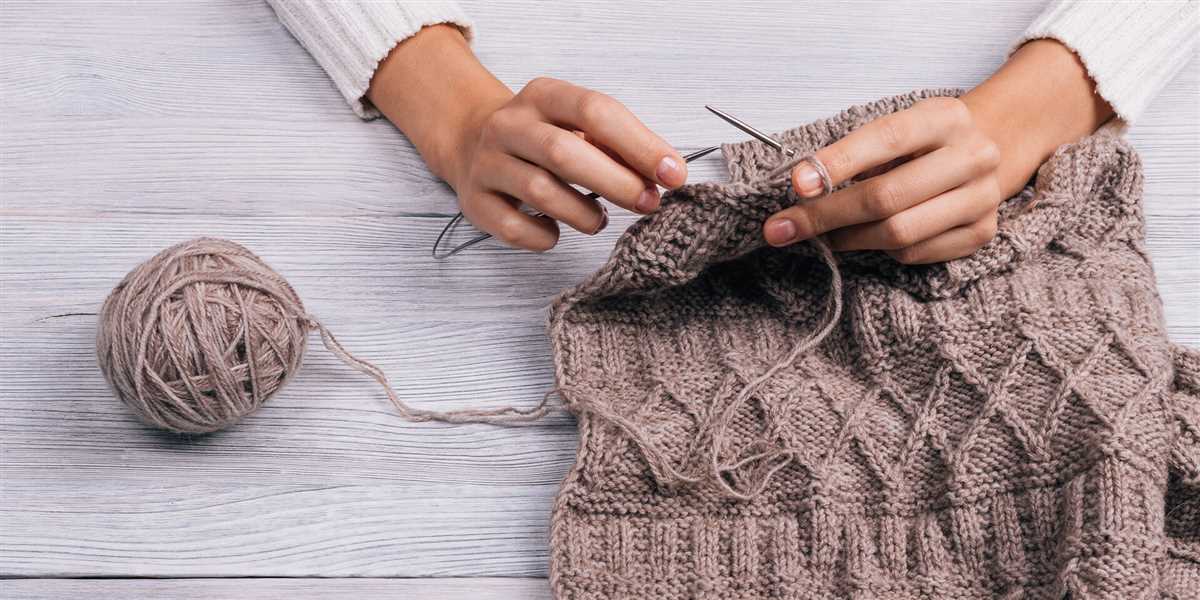
Blocking is the process of shaping and stretching your knitted piece to its intended measurements. It helps to even out stitches, open up lacework, and give your garment a finished look. To block your knitted garment, gently soak it in lukewarm water and lay it flat on a blocking mat or towel, pinning it to the desired shape.
Weaving in Ends
Weaving in ends is the process of securing loose yarn ends so they do not unravel. After completing your garment, thread the loose ends onto a yarn needle and weave them discreetly into the fabric, following the direction of the stitches. By weaving in the ends, your knitted garment will have a neater appearance.
Seaming
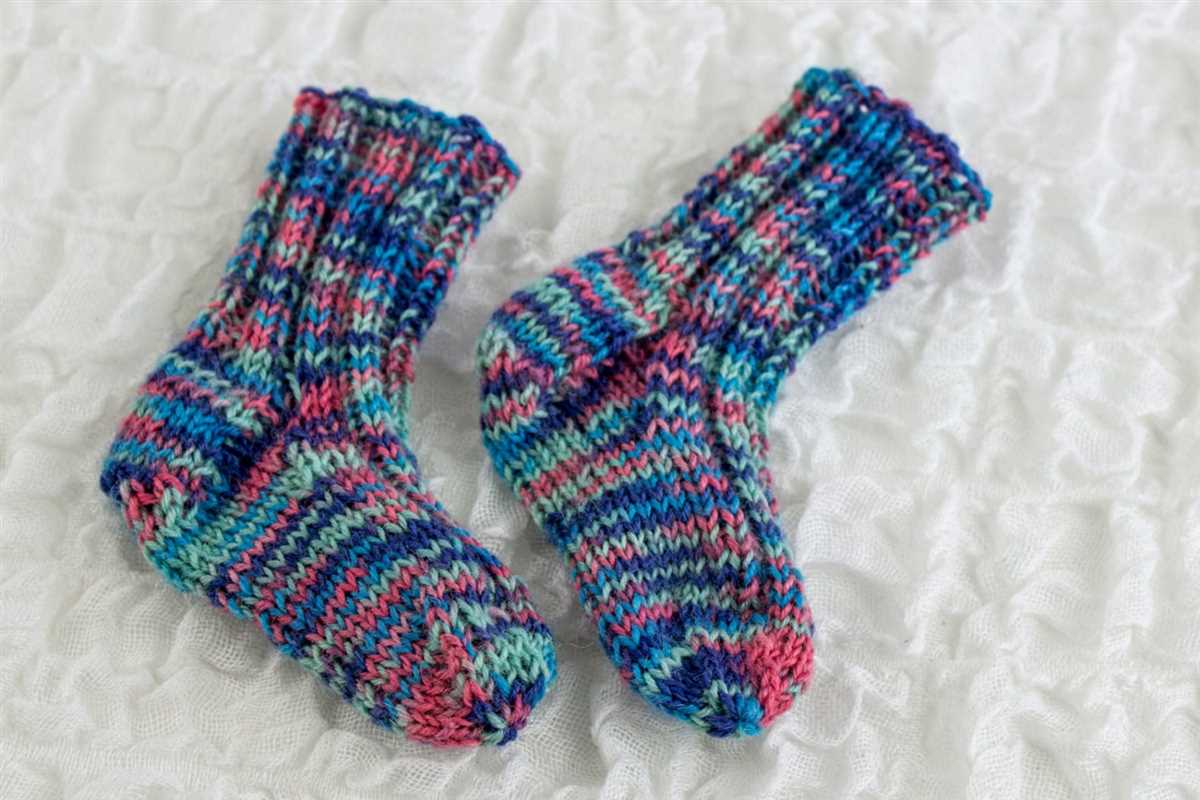
Seaming is the process of joining separate knitted pieces together to create a single garment. This can be done using a variety of techniques, such as mattress stitch or whip stitch. By using the appropriate seaming technique, you can create an invisible and sturdy seam that adds a professional finish to your garment.
Buttonholes and Buttons
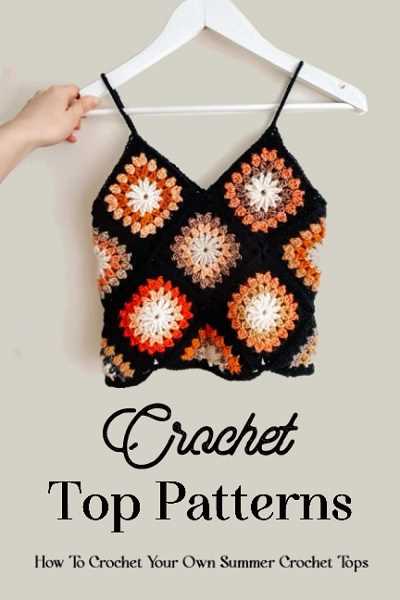
If your knitted garment has a button closure, properly placing and reinforcing the buttonholes is essential. This can be done by creating a yarnover or a horizontal slit in the fabric, and reinforcing it with a few extra rows of knitting. Sewing on the buttons securely ensures that they stay in place and function properly.
In conclusion, paying attention to finishing techniques can greatly enhance the overall look and quality of your knitted garments. Whether it’s blocking, weaving in ends, seaming, or attaching buttons, taking the time to properly finish your knits will result in a polished and professional final product.